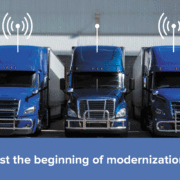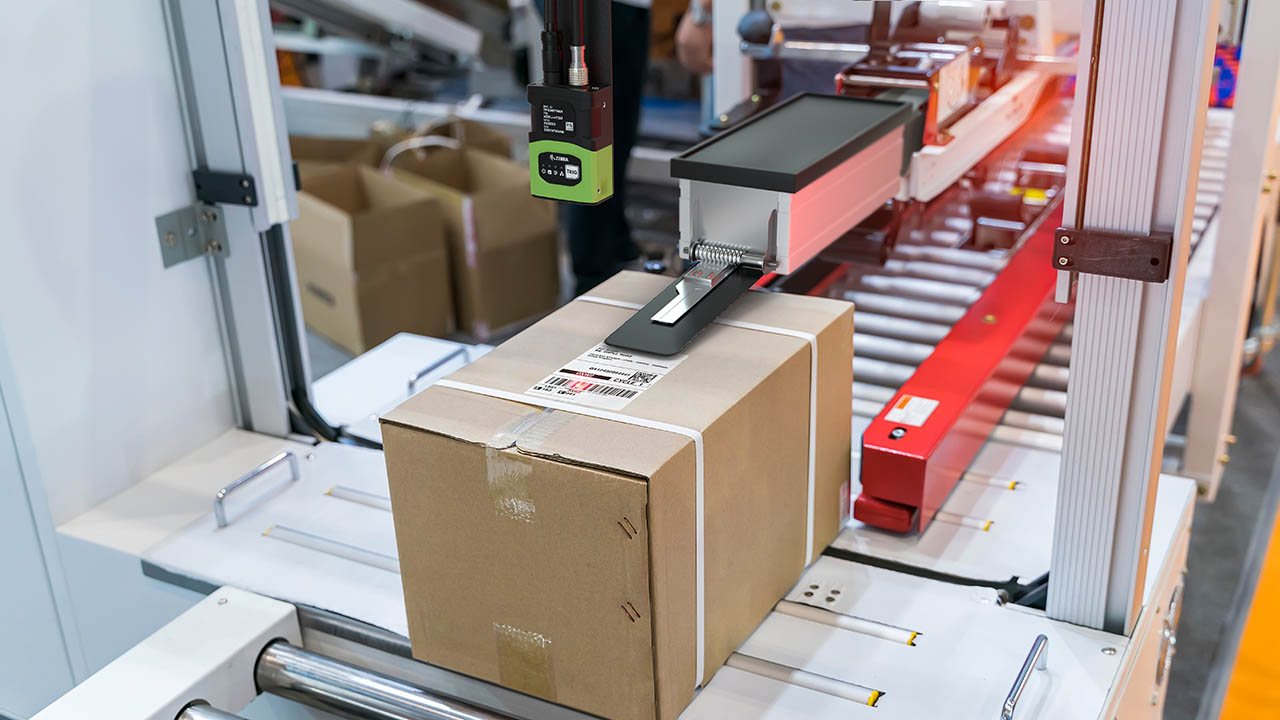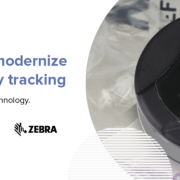Ensuring seamless inventory movement down the supply chain, your enterprise printing solution works hard to deliver crisp, legible, and durable labels and tags carrying vital stock information. Needless to say, your printer is the foundation of an effective printing solution, which is why careful consideration of the following four factors must be taken when upgrading your enterprise printer:
- Workspace type – While highly durable, large industrial-grade printers take up a lot of space. On the other hand, small desktop printers lack the needed portability mobile printers bring. Assessing where your printing stations will be located helps narrow down choices.
- Connectivity type – All printers must possess a way to communicate with your database to produce labels. Modernized printers can connect via Bluetooth, allowing workers to print from anywhere through their handheld devices.
- Future applications – Understanding the differences between direct thermal and thermal transfer printing allows you to select a printer with the durability standards needed to handle high continuous heat.
- Ease-of-use – Lastly, as supply chains strive to meet smaller timeframes with an ever-changing workforce, ease-of-use has also become a prioritizing factor since a simplistic printer may enable faster deployment and maximized productivity when compared to a complex model.
Integrate an adaptable printing solution with Zebra’s ZD621 Desktop Printer
Changes in supply chain demands and labor availability can make it difficult to estimate how much printing power your operations will need in the future. To circumvent disruptions, Zebra’s newest desktop printer aggregates key features to boost adaptability in smaller workspaces. Unlike previous models, the ZD621 enables:
- Increased printing power that’s 30% higher than previous models and 300% than legacy devices.
- Backwards compatibility with your current label formats.
- Application adaptability as you can choose between direct thermal, thermal transfer, and RFID models.
- Streamlined troubleshooting and update deployments through Zebra’s Printer Profile Manager Enterprise app.
Click here to see the full list of the ZD621 printer’s benefits.
From longer printing performance to faster label production, discover the ease of modernized label printing with the next evolution of warehouse technology. Contact us to take a closer look into the newest edge of durable printing.










